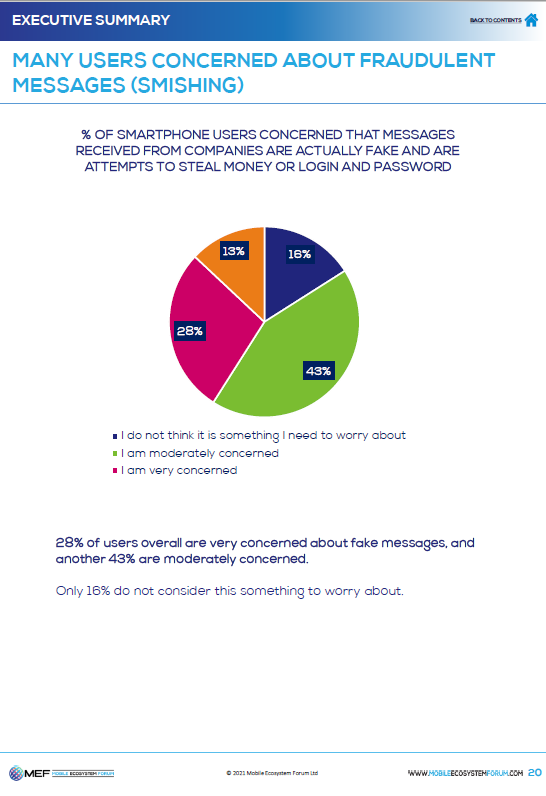Events since early 2020 have heightened the importance for organisations of all shapes and sizes to have easy access to a suite of communications channels they can truly rely on and use to interface rapidly and accurately with their customers. Business Messaging is a key pillar of digital transformation for the millions of organisations around the world that literally had to transform themselves overnight when they came face to face with the so-called ‘new normal’.
As the survey results show, any organisation looking to engage with their clients cannot take one uniform, cookie-cutter approach. They need to realise just how different people around the world are. A person’s age, how they identify, their home country (culture) etc. all can have an impact on their attitudes towards the varying channels in the Business Messaging mix as huge number of insights in the report clearly shows. Download it now to get the opinions of real consumers around the world.






